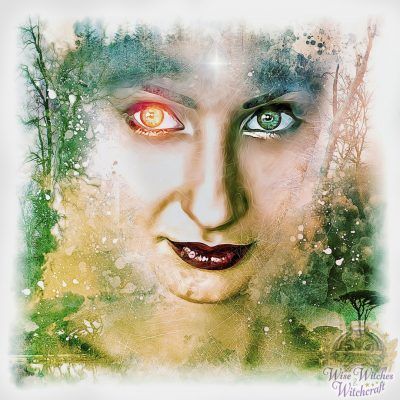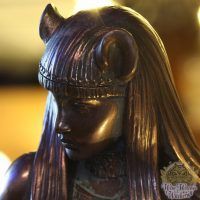Goddess Gardens A to Z: Ennoia – Meditation Garden
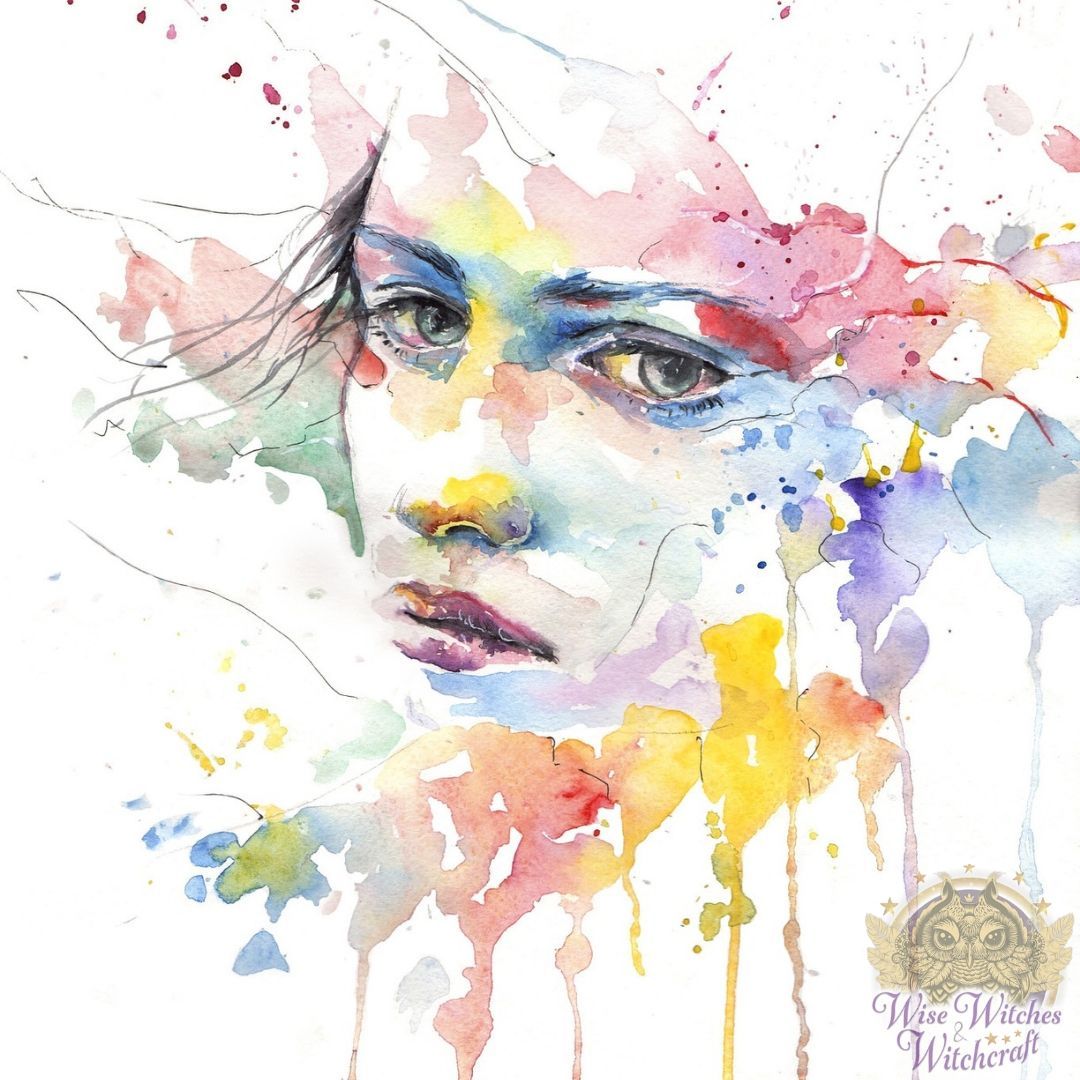
“The ancestor of every action is a thought.”
– Ralph Waldo Emerson
Ennoia: A Magical Thinking Place
In Gnostic tradition, this Goddess embodies thought, or more specifically, thought with its intention. Gnostic mythos places her as the creator of angels. The great mage Simon Magus said he received teaching in the magickal arts directly from Her for communicating with angelic beings.
From a magickal perspective, Ennoia is of tremendous import. It is our intention, our will, that drives magick forward toward its goal. Additionally, most seekers don’t spend nearly enough time pondering and internalizing spiritual lessons. Ennoia’s garden is the perfect spot to do just that-to stop for a moment and quietly collect our thoughts and rediscover the power of ideas. Ennoia’s magickal attributes include meditation, contemplation, willpower, idea-generation, and sound judgment.
Plants Sacred to the Goddess Ennoia
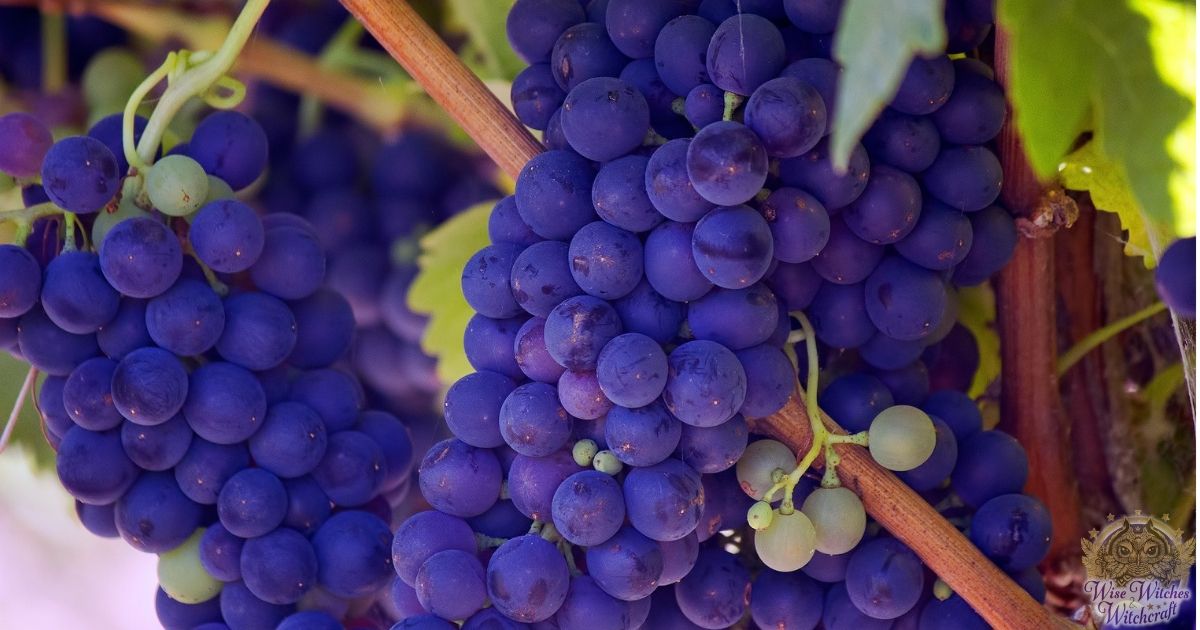
Ennoia’s garden is full of plants that support the conscious mind so we can think clearly. Some of these choices include celery, caraway, grape, lily of the valley, mustard, periwinkle, rosemary, spearmint, and summer savory. Alternatively, you might sow plants for acquiring magickal sensitivity such as celery, honeysuckle, marigold, mint, rose, and thyme. In either case, make room in the center of your garden for a chair. Sit there while gazing upon your garden during quiet times.
Perfect Magic Garden Patterns
The first thing that comes to mind is the image of an open eye because it is with our vision that we take in the world, which is the first step to developing an understanding of it.
Magickal Correspondences for Ennoia’s Garden: Stones, Minerals, Crystals, and Shells
Stones for strengthening the mind include aventurine and fluorite. Meditative stones include geodes and sodalite. Finally, stones suitable for promoting magickal awareness include amethyst, quartz, holey stones, and lapis.
Color Magic and Gardening
Yellow is considered by some to be an excellent color for learning. By comparison, meditative and contemplative colors generally run in the dark blue and deep purple range. Blue encourages peace about one’s thoughts, and purple augments spiritual musings.
Decorative Touches for Your Magic Garden
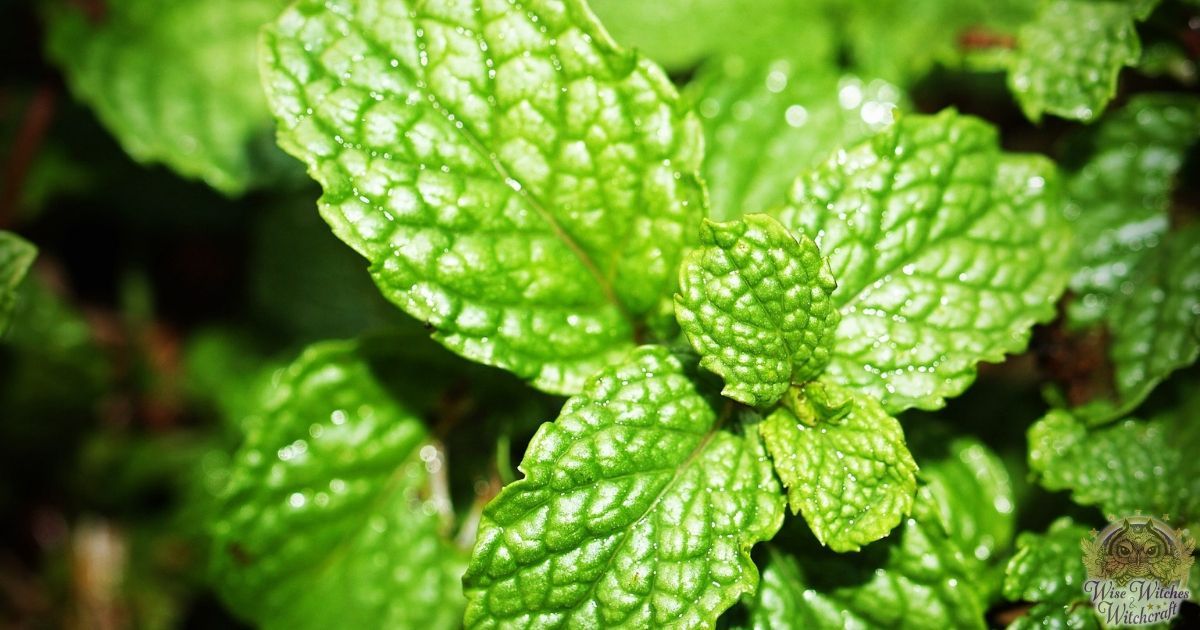
Spirals, mandalas, and labyrinths are excellent design choices. They lead the eye to a point, a central nucleus that often deepens the meditative state. Note that you could produce this effect with border stones moving toward a central object or plant grouping. Alternatively, find an item that has such a pattern imprinted on it.
Cardinal Direction in Your Magic Garden
Wiccans consider the East to be the center of thought and learning. The symbolism blends nicely with the concepts in Feng Shui, which places the seat of learning in the Northeast.
Adaptations to Add a Bit of Witchy Magick
If there’s a part of your home where you prefer to meditate, that’s the region to look at for placing potted plants. Of the plants listed previously, summer savory and mint are probably your best bets for successful indoor fostering.
After-Harvest Applications: Getting the Most Out of Your Garden
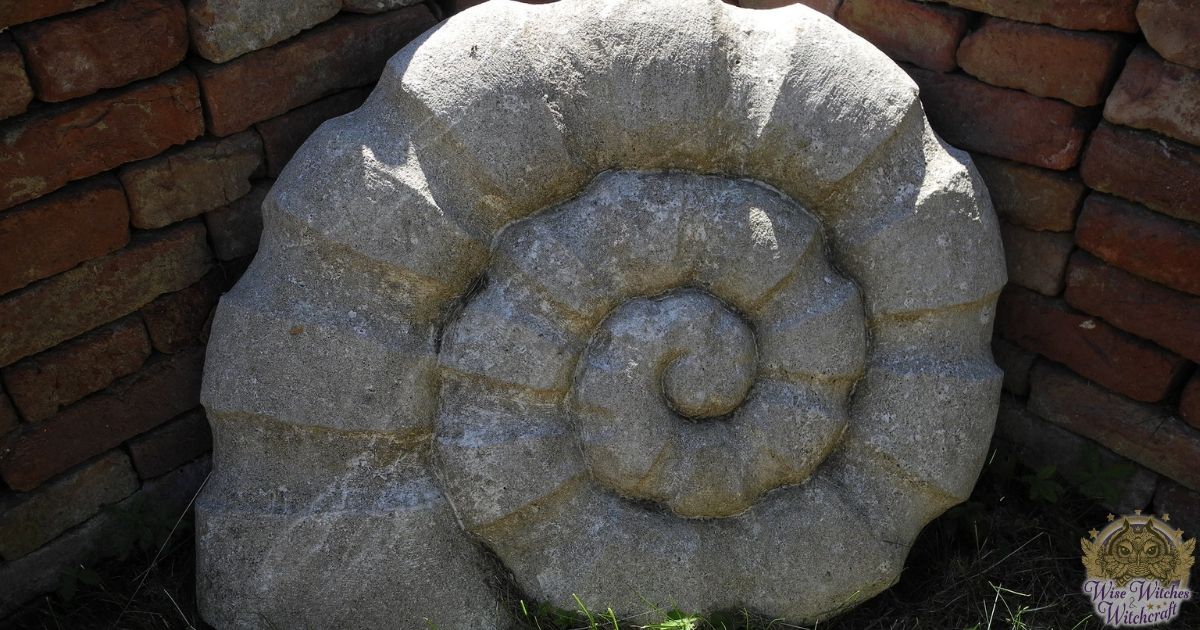
Take a snippet from your garden on days when you know you’ll need to focus firmly on the issues. Stick it in your pocket, purse, or wallet where you can reach it easily when you feel your mind straying. Rub the leaf or bundle with your fingers to release a little oil. The smell will refresh your mind. (This is especially true for rosemary).
Based on “Gardening with the Goddess,” by Patricia Telesco. All Rights Reserved.

